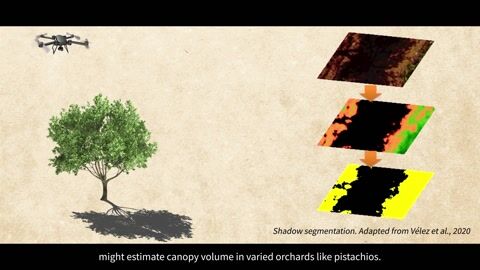- Subjects: Agricultural Engineering
- |
- Contributors:
- Haibo Yang ,
- Zenglan Li ,
- Qingying Du ,
- Zheng Duan
- moisture sensitivity
- CERES-Wheat
- yield loss rate
- vulnerability curves
- drought risk
This video is adapted from 10.3390/rs15123197
The crop drought risk assessment is an important basis for mitigating the effects of drought on crops. The study of drought using crop growth models is an integral part of agricultural drought risk research. The current Decision Support System for Agrotechnology Transfer (DSSAT) model is not sufficiently sensitive to moisture parameters when performing simulations, and most studies that conduct different scenario simulations to assess crop drought vulnerability are based on the site-scale. In this study, authors improved the moisture sensitivity of the Crop Environment Resource Synthesis System (CERES)-Wheat to improve the simulation accuracy of winter wheat under water stress, and then assessed the drought intensity in the Beijing-Tianjin-Hebei region and constructed a gridded vulnerability curve. The grid vulnerability curves (1 km × 1 km) were quantitatively characterized using key points, and the drought risk distribution and zoning of winter wheat were evaluated under different return periods. The results show that the stress mechanism of coupled water and photosynthetic behavior improved the CERES-Wheat model. The accuracy of the modified model improved in terms of the above-ground biomass and yield compared with that before the modification, with increases of 20.39% and 11.45% in accuracy, respectively. The drought hazard intensity index of winter wheat in the study area from 1970 to 2019 exhibited a trend of high in the southwest and low in the southeast. The range of the multi-year average drought hazard intensity across the region was 0.29–0.61. There were some differences in the shape and characteristic covariates of the drought vulnerability curves among the different sub-zones. In terms of the cumulative loss rates, almost the entire region had a cumulative drought loss rate of 49.00–54.00%. Overall, the drought risk index decreased from west to east and from north to south under different return periods. This quantitative evaluation of the drought hazard intensity index provides a reference for agricultural drought risk evaluation.






















